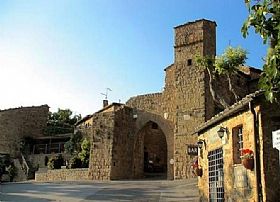Sant'Albino
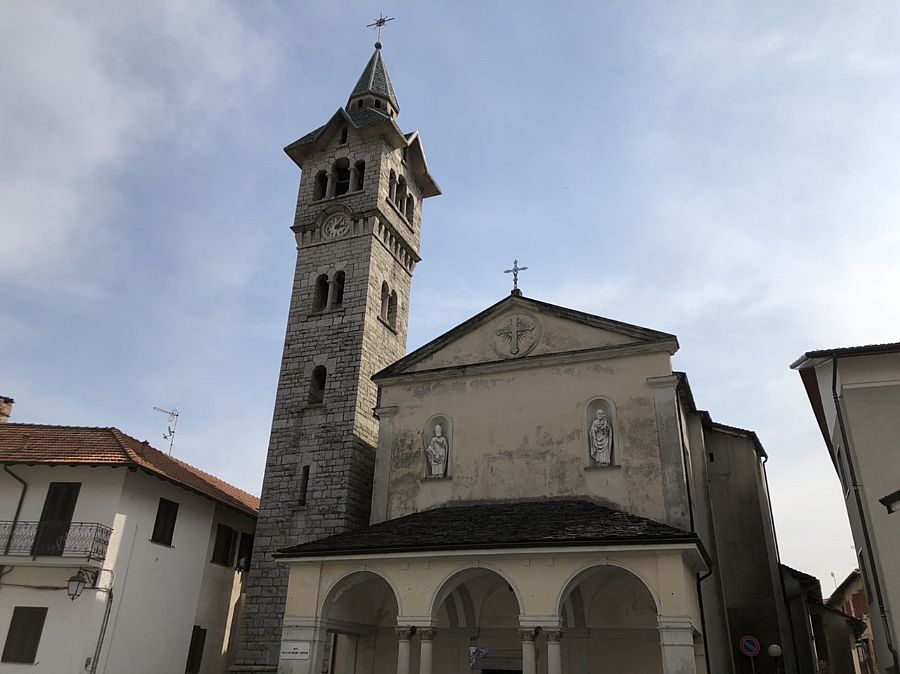
The hamlet of Sant'Albino is a frazione of marvelous Montepulciano, and is just a few minutes from that beautiful town. It is between Montepulciano and Chianciano (and Chianciano Terme with its hot springs!). This is a strategic position for visiting the best of Tuscany, but also Umbria and northern Lazio, as it is near the borders of those regions, too. That gives you Lake Trasimeno, Perugia, Assisi, Citta' delle Pieve and other Umbrian towns in day-trip range, as well as Acquapendente and Lake Bolsena in Lazio, but also Siena, Castiglion Fiorentino, Arezzo, and a host of other Tuscan towns in your radius, too. In short, beautiful scenery and a lot to choose from!
The honey-colored stone of older buildings blends with newer-built ones and the hamlet has what you need for daily life, and a hot springs-fed spa (Terme di Montepulciano) which is more curative, thanks to its sulpher-rich water, it is indicated by many doctors for those with respiratory, skin, and rheumatisms. The sulpher water of the area was well-known and noted for centuries, as was the travertine quarry, which produced stone for many churches and buildings throughout the area. In fact, the San Biagio district of Montepulciano was built with that stone.
Enjoy village life and the ease of getting around, of having restaurants, wineries and a great pastry shop at hand, and nice walks along country lanes to enjoy the gentle hills covered in olive groves and grape vines, maybe some with grains or some bright with sunflowers in season. In town, while small, you'll find the shops and services you need for everday life - a grocery, a butcher shop, tabaccheria, a couple of restaurants, pharmacy, bank, etc.
The Church of Sant'Albino was built in the 14th century and later modified with restorations. The simple exterior is in exposed local stone, with a rose window. Inside, the decorations are baroque with three aisles and cross-vaults. The side altars have saint-inspired paintings by Antonio Feliciati. Behind the main altar is a painting of the Madonna with Sant'Albino,the patron saint, and St Lorenzo, done by an anonymous artist in the 18th century.
The Hermitage (Eremo) of the Maddalena, southwest of town on the hill of the same name, is the oldest convent of the order of the minor Capuchin friars, founded in 1532 by friar Francesco Cervini. The church is dedicated to Mary Magdalen, with a single nave and side chapel dedicated to St. Joseph. The main altar is made in wood with a polychrome marble tabernacle. The cloister is encircled by porticoes and at the center still stands the water well.
Villa Contucci, in the center of the village on the main street, was built is in the 13th century. The complex includes the main villa, a sizeable Italianate garden with limonaia (lemon house), an aristocratic personal chapel with baroque stuccoes and a holy image of the Madonna with Baby Jesus.
Try one of the town's restaurants or wineries. There are many around the hamlets and countryside in the immediate area, as well.
Have you seen our self-catering apartments in Tuscany?

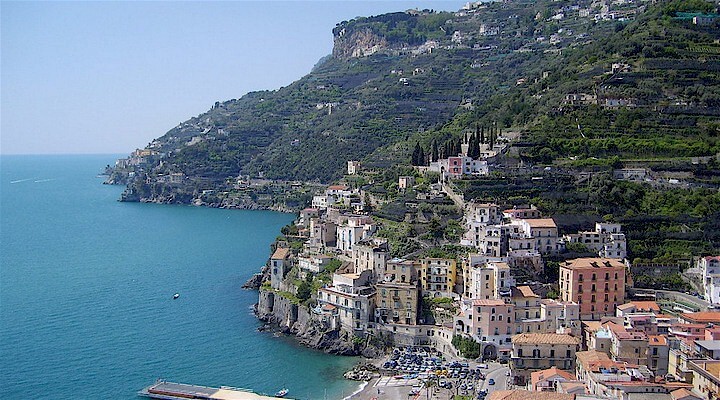 Amalfi Coast
Amalfi Coast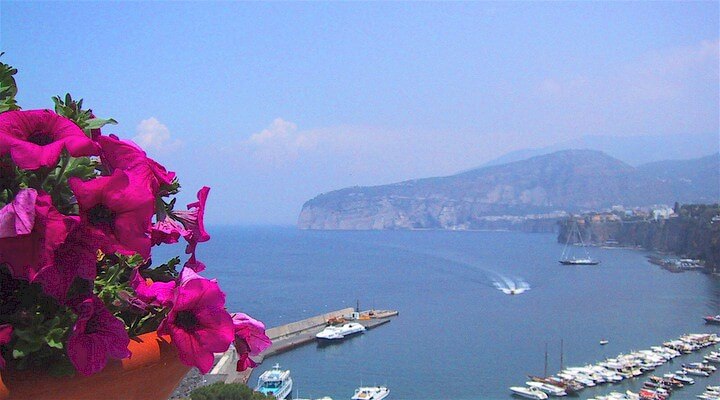 Sorrento Coast
Sorrento Coast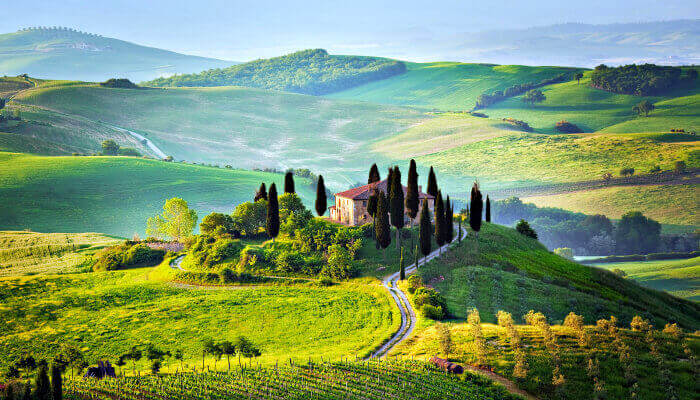 Tuscany
Tuscany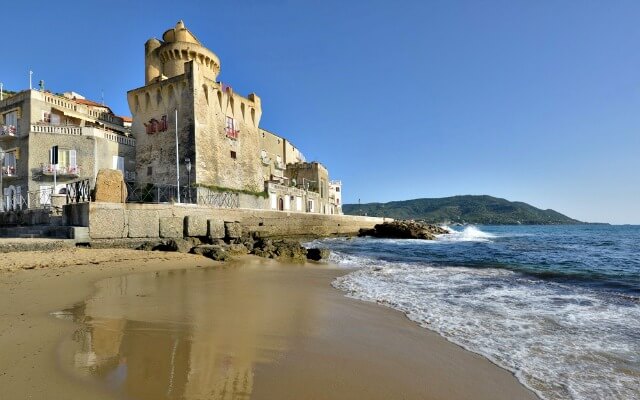 Cilento National Park
Cilento National Park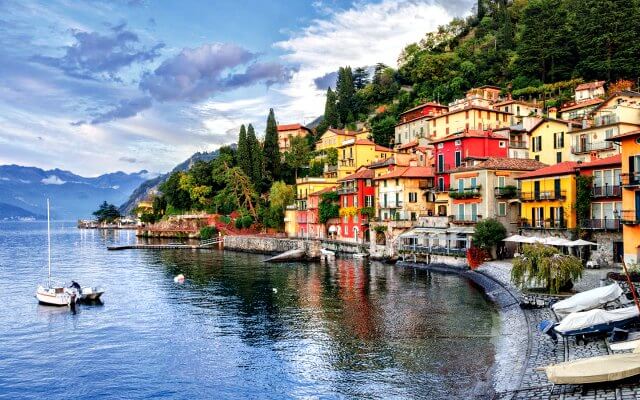 Lake Como
Lake Como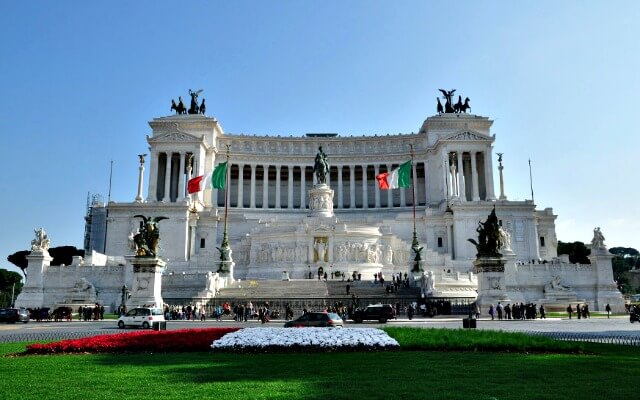 Rome and Latium
Rome and Latium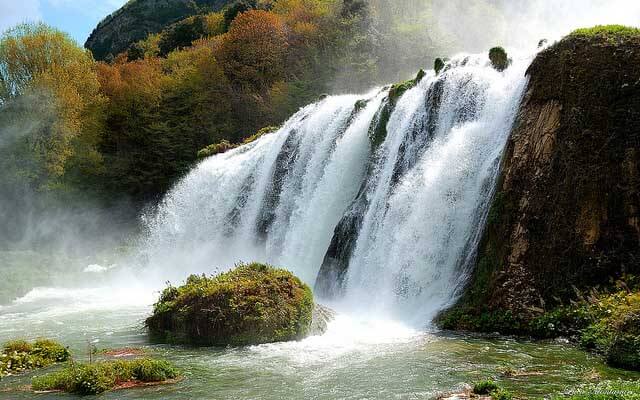 Umbria
Umbria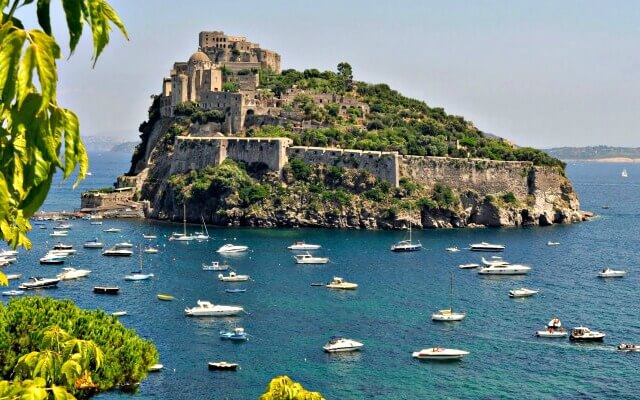 Capri and Ischia
Capri and Ischia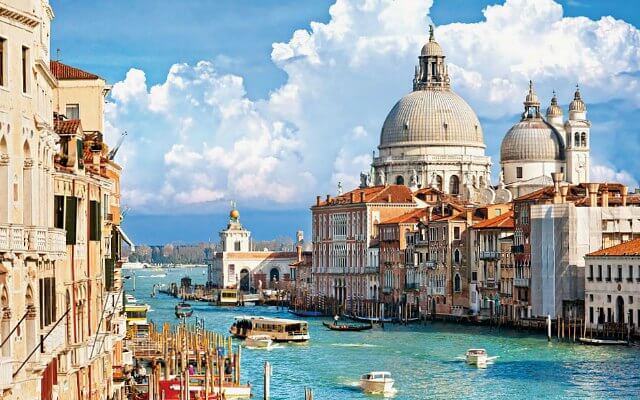 Venice
Venice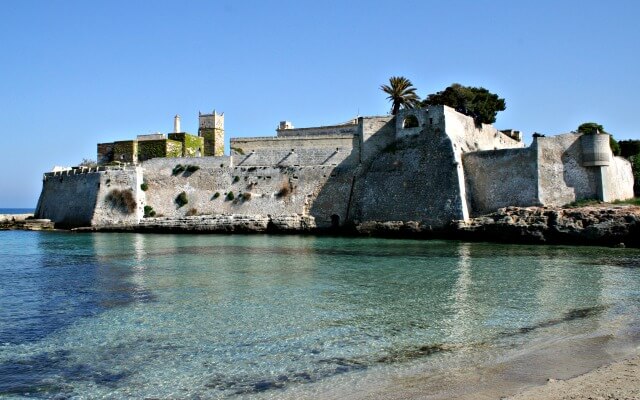 Puglia (Apulia)
Puglia (Apulia)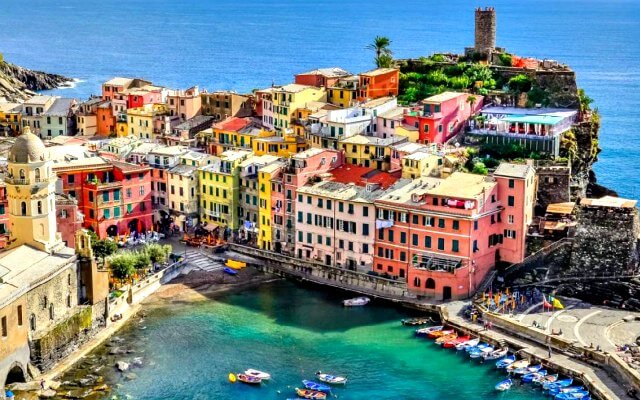 Liguria
Liguria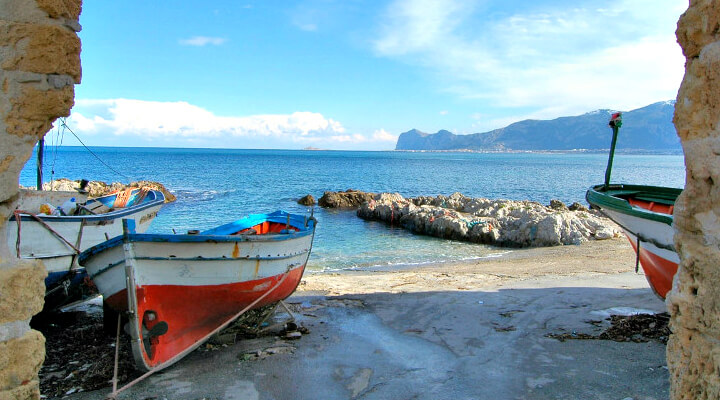 Sicily
Sicily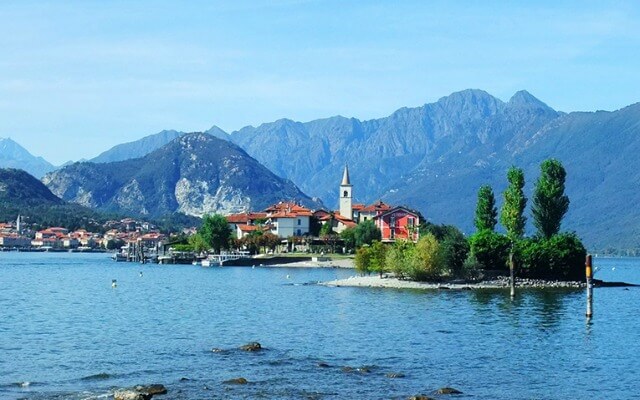 Lake Maggiore
Lake Maggiore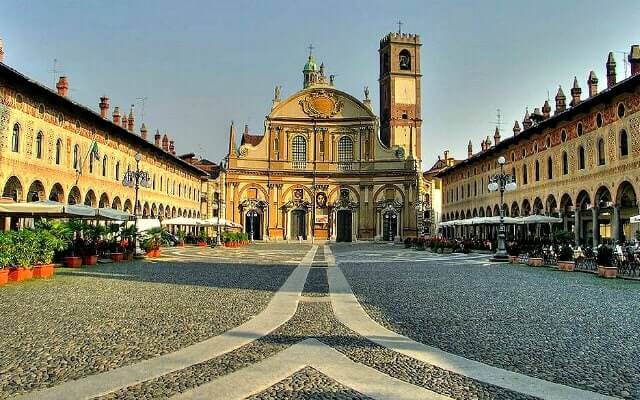 Lombardy
Lombardy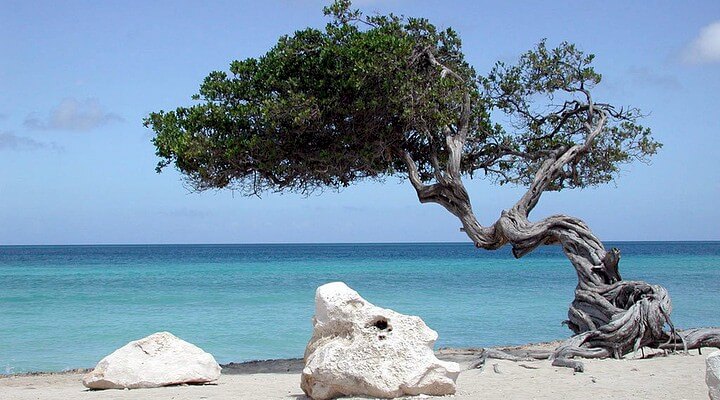 Sardinia
Sardinia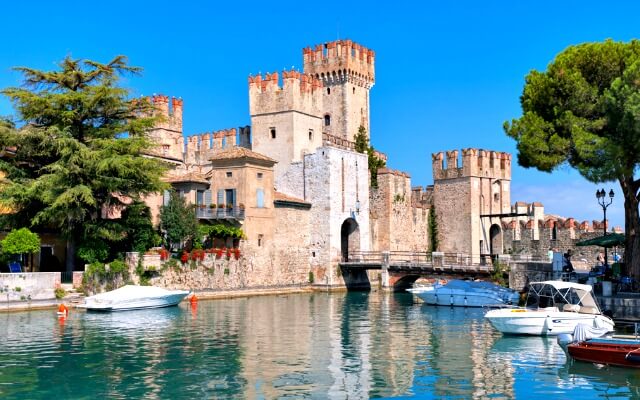 Lake Garda
Lake Garda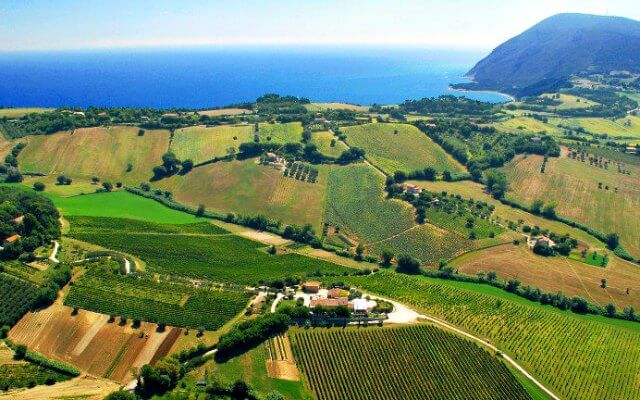 Abruzzo and Marche
Abruzzo and Marche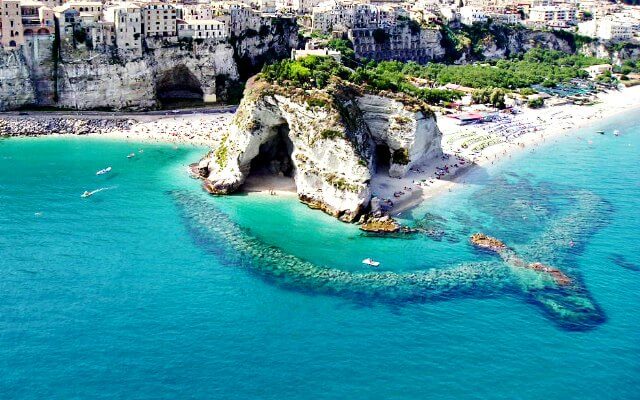 Calabria
Calabria

